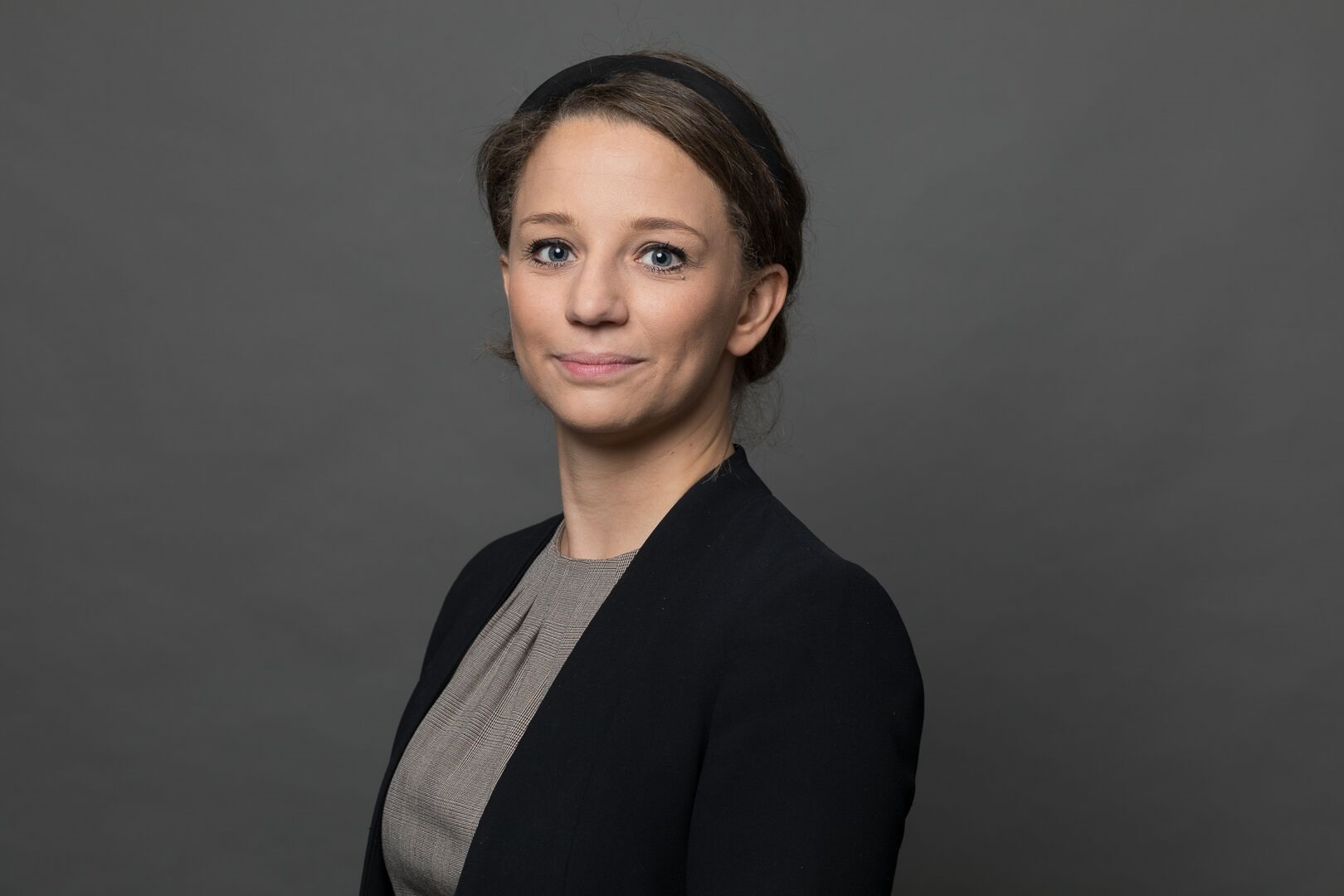Age, Marriage And Mortgage: The Priorities Of Modern Couples
Published on 11 August, 2021 | Alice Rogers

Being in your twenties is, for many people, a time of excitement and adventure.
It marks the decade in which a considerable number of men and women will perhaps have left university, found their first home away from fellow students or parents and started a career.
However, it has also historically been a time of great significance romantically too.
According to figures released by the Office for National Statistics (ONS), the average age at which people married was in their twenties until the early 1990s.
Of course, much has changed since then, both in and out of the home.
Perhaps different priorities and professional objectives for women together with a change in attitudes to how domestic partnerships are formed have impacted on when – and even whether – people marry.
That shift has been made apparent by new data from the ONS (https://www.ons.gov.uk/peoplepopulationandcommunity/birthsdeathsandmarriages/marriagecohabitationandcivilpartnerships/bulletins/marriagesinenglandandwalesprovisional/2018#age-at-marriage).
It details how there were 234,795 marriages in England and Wales during 2018, noting that marriage rates for opposite-sex couples were the lowest on record.
There was also a steep drop in the number of religious ceremonies. In 1968, 64.6 per cent of marriages were religious affairs. Fast forward 50 years and the proportion stood at just 20.5 per cent.
Furthermore, the average age at which individuals tied the knot – just over 38 for men and nearly 36 for women – was also at an all-time high.
To put that in some perspective, that means that they’re becoming husbands and wives a decade older than their counterparts just half a century ago.
I’ve been telling the London Evening Standard why I believe societal and economic changes have contributed to these patterns (https://www.standard.co.uk/news/uk/office-for-national-statistics-england-wales-london-b949995.html).
Couples find themselves perfectly capable of establishing stable relationships and starting a family without needing the formality of marriage.
That’s a point made clear by yet more ONS’ data, showing that the number of cohabiting couples with dependent children rose by more than a quarter in the 10 years to 2019 (https://www.ons.gov.uk/peoplepopulationandcommunity/birthsdeathsandmarriages/families/bulletins/familiesandhouseholds/2019).
To that, we can add the expense of a wedding.
Many men and women conclude that their relationships may stand a better chance of long-term success in their own home and so prioritise using the money which might once have been spent on their wedding day putting down a deposit on a property instead.
That rationale gains weight when we consider how average house prices in the UK increased by 8.9 per cent in the 12 months to April (https://www.ons.gov.uk/economy/inflationandpriceindices/bulletins/housepriceindex/april2021#:~:text=The%20average%20UK%20house%20price,same%20period%20a%20year%20ago.).
Across the country as a whole, the average property price reached £268,000. In London, that figure was even higher: £492,000.
All that doesn’t necessarily mean that people have completely fallen out of favour with marriage.
One of the interesting facets of the latest ONS’ material is that in the various age groups over 30, it is men who are more inclined to marry than women.
That’s especially true for those older than 65 – the so-called ‘silver splicers’ – who recognise how marriage provides more protection than cohabitation when it comes to ensuring that partners are taken care of financially should they die.
There is one more important consideration in the ONS’ data.
These figures are drawn from 2018 and so don’t take into account the effect of the Covid pandemic in effectively closing down the marriage industry for a significant portion of 2020.
It is entirely likely, therefore, that we may see even further falls in marriage numbers in future ONS’ bulletins.